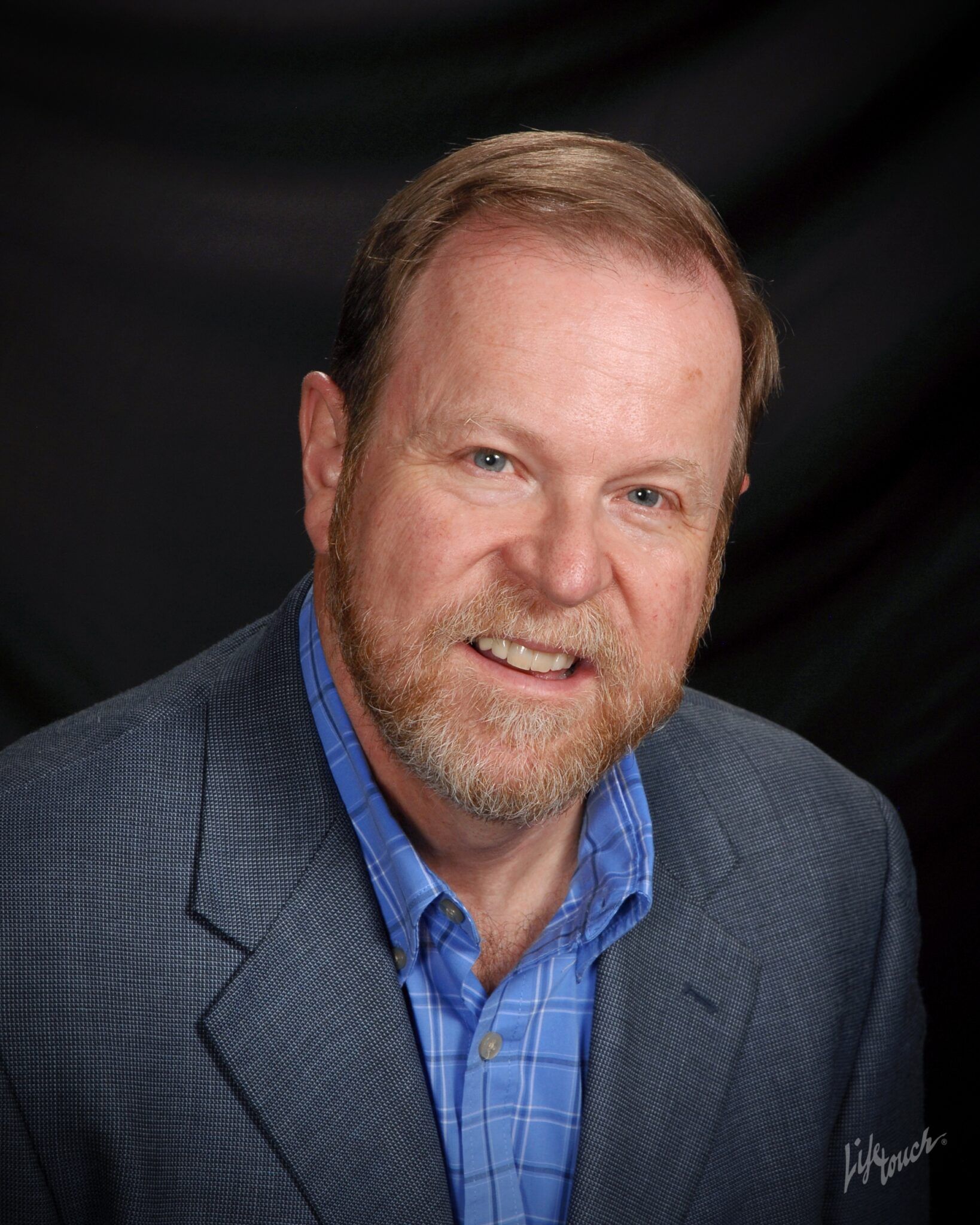Hach Center hears about method to plan for a future NoCo

Northern Colorado has the elements it needs to have a bright future. It just needs to pull them all together in a regional visioning process, according to an expert on the topic.

Robert Grow, recently retired CEO of Envision Utah, on Wednesday addressed a group of people convened by the Hach Center for Regional Engagement, a division of the Community Foundation of Northern Colorado. He participated in an interview with BizWest Thursday morning.
“Northern Colorado has quality of life, it’s a beautiful area, it has a long history but also is a young, growing area,” he said. “It has a strong economic base and a strong educational base with your colleges. You have sufficient water if you’re careful with it; you can meet the new ozone standards. A regional visioning effort would bring all these things together. It would bring momentum and bring civic will to move faster and to leave a greater legacy for the future of your children,” he told BizWest.
SPONSORED CONTENT
Empowering communities
Rocky Mountain Health Plans (RMHP), part of the UnitedHealthcare family, has pledged its commitment to uplift these communities through substantial investments in organizations addressing the distinct needs of our communities.
Grow’s appearance at a virtual conference convened by the Hach Center was meant to support the center’s work in bringing residents of Larimer and Weld counties together to jointly solve problems and plan for what the future could be for the region. Envision Utah is an organization formed to help Utah grapple with issues related to growth, specifically water resources, transportation, air quality, economic development and diversity.
The Hach Center was formed a year ago with an endowment from Bruce and Muriel Hach.
“Most people have come to understand that the problems we’re trying to solve, many of them are regional scale. We have to try to solve problems at the right scale, at the scale of the problem,” Grow said.
The legal entities that became Colorado and Utah were created for a different reason than solving problems that might affect regions differently.
“Today’s problems — an ozone exceedance area [for example], you have to solve with everyone who might be a contributor. That’s a different but natural “boundary,” he said.
“People have a natural affinity to solve problems correctly. They do it in their own lives. They look at the problem and figure out what region it affects,” he said.
The Envision Utah model, copied in numerous areas around the globe, was created in 1997 to deal with issues on the Wasatch Front, the population corridor that butts up against the Wasatch Mountain Range and includes Salt Lake City. Envision Utah created a vision for the region — “one that focused on the public’s choice of its future,” he said.
The vision comes after public input and takes into account the values of citizens, which helps to create consensus.
Then comes scenarios, which are possible outcomes of action or inaction, followed by numerous strategies.
“This is time intensive, resource intensive. It is not for the faint of heart. It takes real commitment to listen to others,” he said.
“Regionalism isn’t about finding the song ‘Kum Bah Yah’; it’s about learning to come together to solve problems. Once people see it and feel it, they want more of it,” Grow said.
Participants will encounter issues bringing people into the process. Some want quicker action than the process can provide.
Using an analogy of a flywheel, Grow said flywheels spin at different speeds, and “engaging is getting your flywheel to spin at the same speed as others. Businesses have a fast-spinning flywheel, so you have to have a part of your process that spins at the same speed as theirs.”
He said it typically takes 12 to 18 months to create a vision, from which a few goals and multiple strategies come. If it takes longer than that, participants will fall away. Implementing strategies will take longer.
“One of the reasons you do regional visioning is to assure that what most people want is not overridden by louder, shriller voices. There are always groups on both ends of the spectrum that are dug in,” he said.
“Usually, you can find where 75 to 80% of the people want to go.”
He said regional differences and jealousies can be overcome. “You’re not trying to make [everyone] the same; diversity is the rule, not the exception. Each area has its own character and that continues.”
Grow said the Hach Center could be the vehicle that drives regional visioning. “It’s a neutral facility, it is a convener with stature and respect, and it already is calling people together to share ideas.”
© 2020 BizWest Media LLC
Northern Colorado has the elements it needs to have a bright future. It just needs to pull them all together in a regional visioning process, according to an expert on the topic.

Robert Grow, recently retired CEO of Envision Utah, on Wednesday addressed a group of people convened by the Hach Center for Regional Engagement, a division of the Community Foundation of Northern Colorado. He participated in an interview with BizWest Thursday morning.
“Northern Colorado has quality of…
THIS ARTICLE IS FOR SUBSCRIBERS ONLY
Continue reading for less than $3 per week!
Get a month of award-winning local business news, trends and insights
Access award-winning content today!


